How To Build A Home Gym
THE BASICS
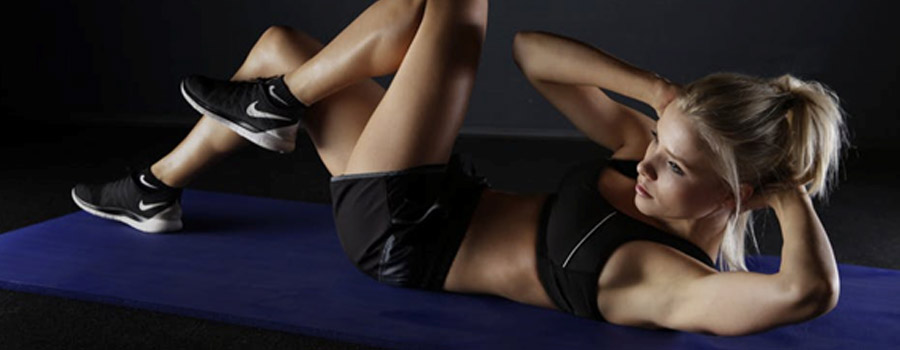
This article will go over building a budget gym to hit your fitness goals. Getting a gym that revolves around free weights and resistance bands is likely to be the best bang for your buck in building a home gym. Let's get started.
FIND WHAT FITS FOR YOU
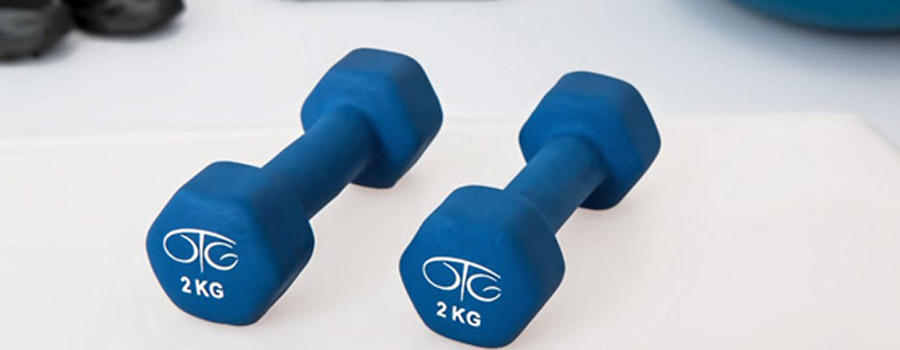
Home gyms are not for everyone. However, the same could be said about public gyms. Public gyms are not for everyone either.
There are many reasons to get a home gym:
- It saves you time driving to and from the gym
- You can save money long term by not paying for a gym membership
- You can work out privately with your own attire, music, and self-pace
Saving time and money should be an obvious perk. Exercising in the privacy of your own home is a perk that is underrated. Do you want to exercise shirtless? Do you want to work out in your underwear? Do you want to lift loudly in your bare feet? You rarely can do any of those in a public gym.
Do you want to take long breaks in the squat rack? Do you want to choose your own music/TV show to watch while you curl in the squat rack? You can do that in your home gym and no one will judge you.
There are of course downsides to getting a home gym:
- Some people feel less motivated to exercise if it's in their home. They get too "comfortable" with the gym always being available.
- Many people quit the gym after just a month or two. A home gym is an expensive investment to just quit on.
- It requires a lot of space in your home.
- You will never be able to get all the same equipment you can find in a public gym.
Buying a home gym is a serious investment. Make sure you carefully think over the pros and cons before you jump in.
BEFORE YOU EVEN BUY A HOME GYM
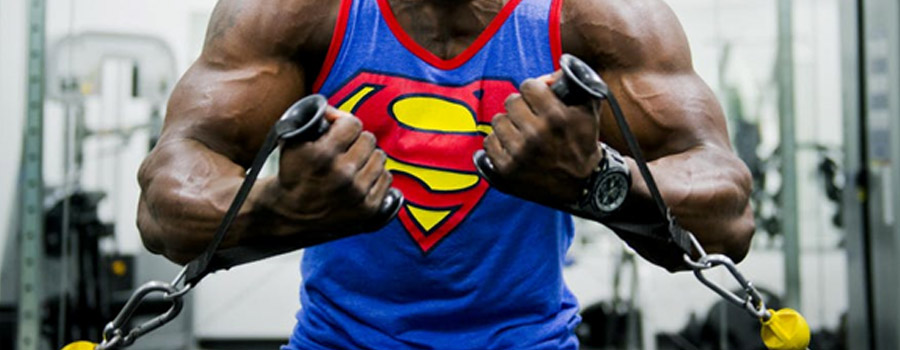
Many new year's resolutioners will start going to the gym in January. January is always extra crowded in the gym. By late February, almost all of the gym crowd has died down. This is because most of them cannot sustain the habit past the first 2 months. For this reason, I highly recommend any beginner to first join a regular gym for at least 2 months to confirm they can maintain the habit of working out.
During this time at the gym, you should be thinking:
- What exercise program do I want to do long term?
- What workout equipment is essential for me?
- What equipment will I miss?
- Are there alternatives I can do with home gym equipment?
Do a trial run at the public gym before you take the plunge into home gym equipment. That is, if you plan to use barbell free weights and no machines for your workout plan, make sure you test it out at the public gym. Make sure you find that workout program enjoyable and sustainable with less equipment options.
WHAT IF I DO NOT WANT TO DO A TRIAL RUN GYM MEMBERSHIP?
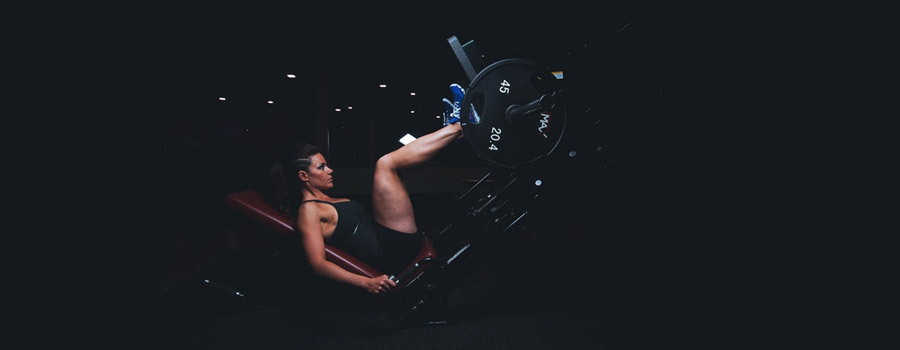
(The leg press is a popular machine for legs that is not practical to have for home gyms)
If you are too anxious to go to a gym or your budget will not even allow for getting a gym membership for a few months, then there are a few cheap alternatives to give yourself a 2-3 month test before taking the plunge.
You can simply do some basic PPL (Push Pull Legs) routines using body weight exercises. The only equipment it would require is a pull up bar. A sample PPL routine would look like this:
(3x a week with a day of rest in between, repeat the workout below)
- PUSH: 3 sets of pushups AMRAP
- PULL: 3 sets of pull ups AMRAP
- LEGS: 3 sets of body weight squats AMRAP
AMRAP = As Many Reps As Possible. If you cannot do a single push up, pull up, or body weight squat, you can google for progression of the exercise. (E.g., google for "Pushup progression" to see how beginners can progress to normal pushups)
Another alternative is to purchase some cheap dumbbells and resistance bands. You can use this as your starter equipment to do a PPL routine.
If you can stick with any of the routines above for at least 2 months, then you can consider buying a home gym.
BUYING A HOME GYM
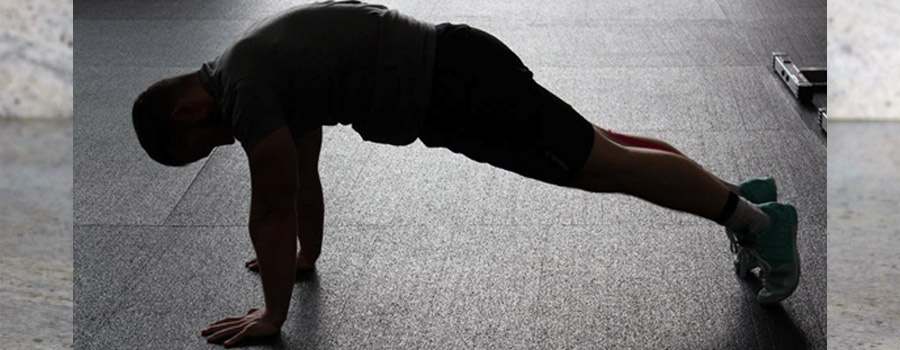
Consider your budget. Consider how much money you are saving in the long run and how much to invest. Think carefully about what work outs you want to do. You will likely find that purchasing free weights and resistance bands will be the best bang for your buck home gym option.
A common mistake people make is they will not have a clear plan of what they wish to do for a work out and how to progress there with equipment. They will randomly pick up equipment along the way. They will purchase a lot of "starter" equipment that is not compatible. They will purchase incompatible 1" standard weights and 2" olympic weights. They will purchase an "all in one" home gym machine that will limit them in their growth.
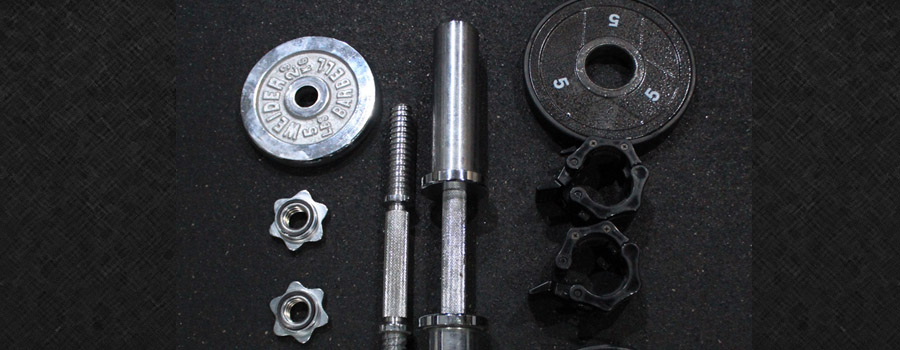
(1" standard dumbbell (left) and 2" olympic dumbbell (right) with 5lb plates and collars. These systems are not compatible with each other)
These machines below look fancy and look like they are great "all in one" machines for a "full body" workout, but they are often expensive pieces of equipment that are bulky and limiting in what you can accomplish. It's only slightly more expensive to purchase a power rack and free weights to go with it.

If you know upfront that you want to go with a rack and free weights, purchase all 2" Olympic sized weights. They are the most versatile and will grow with you forever. The total cost will run you somewhere between $500-1500 depending on how complete you make your gym. Check out my Full Home Gym and Gym Accessories pages.
If you are not sure you want to take the plunge into a full-fledged rack, then some simple adjustable dumbells and resistance bands can be a compact way to go. The total cost for this setup would range from $50-200. (It could cost as much as $500 if you go for very fancy adjustable dumbbells like the BowFlex Dumbbells) the problem with this is, you might outgrow your resistance bands and dumbbells.
Luckily, resistance bands can still synergize well with a power rack and free weights in the future.
In fact, almost every machine workout can be replicated with resistance bands. Almost every barbell movement can be replicated with dumbbells. There are always workarounds to fit your budget and goals.
EXAMPLE GOALS, ROUTINES, AND GYM EQUIPMENT
I want to be strong (and optionally lose fat)
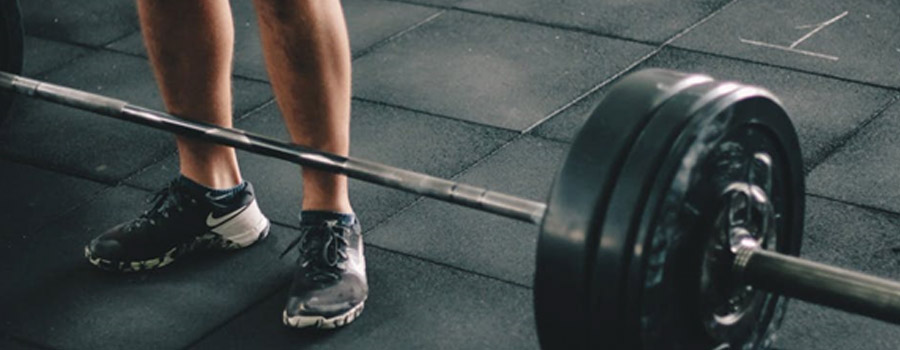
Check out these home gym guides: Full Home Gym / Gym Accessories
Nothing beats barbell free weights and a power rack when it comes to building strength.
To lose fat, you need to cut calories and increase activity. Do any form of cardio you want in addition to the lifting. This could simply be jogging, biking, jump rope, etc. The sky is the limit on what cardio you want to use or not use.
I want to build a little bit of muscle, lose fat, and lean out
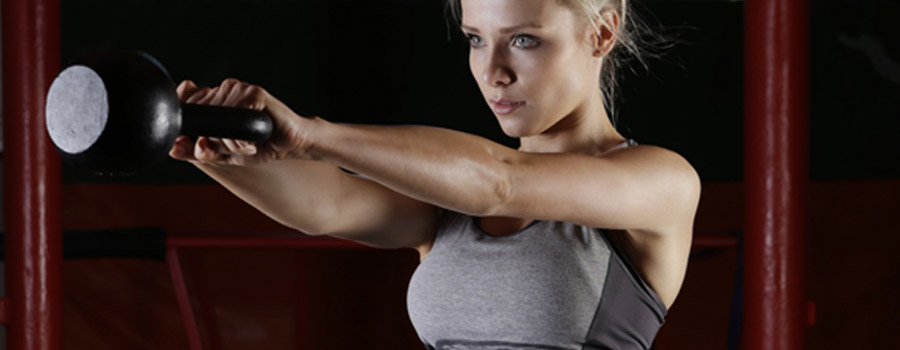
Check out these home gym guides: No Money No Space / Some Money No Space
This is often referred to as just "getting toned." If you do not want to get very strong, then simply using dumbbells and resistance bands might be all you need to reach your goals. Even body weight exercises can work wonders.
Losing fat is the same as mentioned above. Find a sustainable way to reduce calories and you will lose weight.
I want to just lose weight

As mentioned above, you don't really need gym equipment to lose weight. Reducing your calories is the #1 way to lose weight. If you have the money and space, then any additional equipment you get is up to you. Extra cardio equipment is great. Going out for a hike or swim is great. Doing some jump rope at home is great. Throw in some weight lifting is also great. Any physical activity is great and helpful for starting off on weight loss.
FINAL THOUGHTS
The best bang for your buck will often come from free weights and resistance bands. Overpriced "all-in-one machines" are gimmicky. Research your goals and take your time deciding. I spent over a year researching home gyms and I'm absolutely satisfied with my investment in a home gym. Check out all my guides for different tiers of budget/space here.
